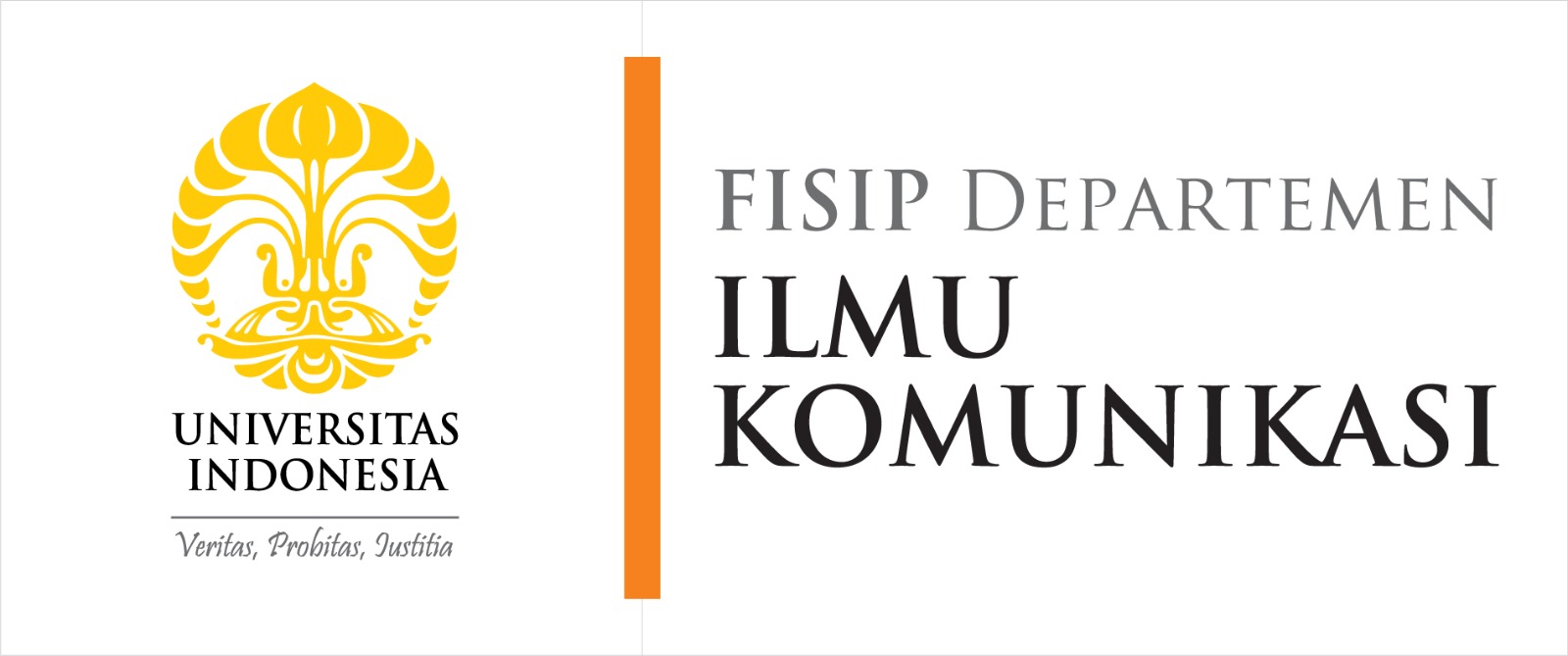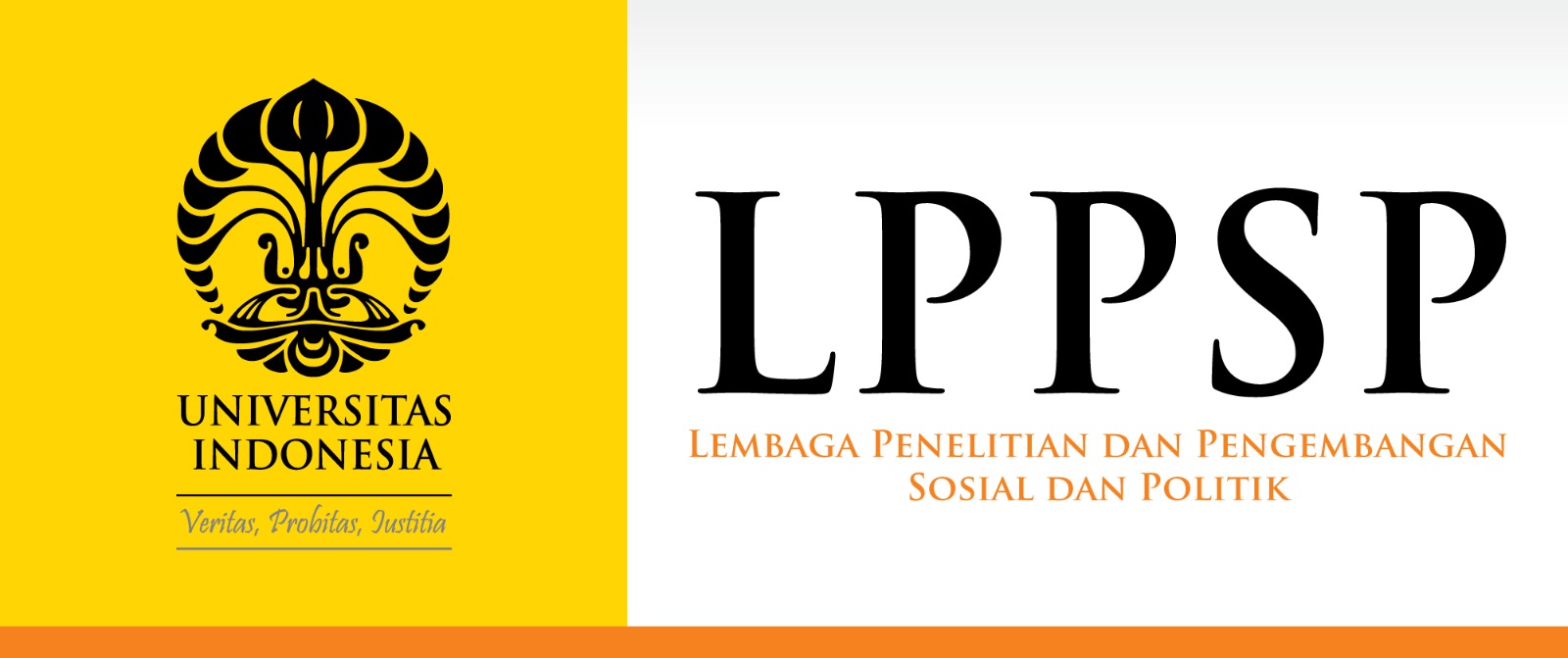JURNAL KOMUNIKASI INDONESIA
Abstract
This article would like to unveil avatar interactions under the attention economy framework in online video streaming applications, taking YouTube as example, and how it benefits content creators to monetize their channels’ contents. The theory of attention economy is proposed to explain how these avatar interactions in video streaming applications are perceived as a mode of transaction by using attention as universal currency. This article is elaborated using the social information processing theory to identify content creators’ avatar credibility through the application of cues during computer-mediated communication. To enrich the concept of credibility and methodology, the prominence-interpretation theory is also proposed. The method applied to this study is qualitative content analysis by examining five monetized Indonesian YouTube channels. In coding stage, several elements of the channels were identified, such as channel age, number of followers, and number of videos. Then from each channel, the video with the biggest number of views was picked and the types of advertisement showing up in such videos were examined. The observation found that five biggest YouTube channels in Indonesia in terms of number of subscribers had monetized their videos. Their videos had either overlay or non-stoppable video ad content during playback. This showed that number of views and engagements were generated from interactions between the content creators’ and visitors’ avatars. Attention metrics served as metrics in the attention economy framework, which in turn contribute to monetization — making it possible to see that YouTube channels were standardized to meet advertisers’ requirements.
References
Allen-Robertson, J. (2017). The materiality of digital media: The hard disk drive, phonograph, magnetic tape and optical media in technical close-up. New Media and Society, 19(3), 455–470. https://doi.org/10.1177/1461444815606368
Assarroudi, A., Heshmati Nabavi, F., Armat, M. R., Ebadi, A., & Vaismoradi, M. (2018). Directed qualitative content analysis: the description and elaboration of its underpinning methods and data analysis process. Journal of Research in Nursing, 23(1), 42–55. https://doi.org/10.1177/1744987117741667
Bärtl, M. (2018). YouTube channels, uploads and views: A statistical analysis of the past 10 years. Convergence, 24(1), 16–32. https://doi.org/10.1177/1354856517736979
Borghol, Y., Ardon, S., Carlsson, N., Eager, D., & Mahanti, A. (2012). The Untold Story of the Clones: Content-agnostic Factors that Impact YouTube Video Popularity. https://doi.org/10.1145/2339530.2339717
Cunningham, S. (2012). Emergent innovation through the coevolution of informal and formal media economies. Television and New Media, 13(5), 415–430. https://doi.org/10.1177/1527476412443091
D’Angelo, J., Zhang, C., Eickhoff, J., & Moreno, M. (2014). Facebook Influence Among Incoming College Freshmen. Bulletin of Science, Technology & Society, 34(1–2), 13–20. https://doi.org/10.1177/0270467614538002
Dika, R. (2017). SUCRD - NGOMONGIN INSTAGRAM. Retrieved December 20, 2018, from https://www.youtube.com/watch?v=qonMgEaU0ZQ
Elo, S., Kääriäinen, M., Kanste, O., Pölkki, T., Utriainen, K., & Kyngäs, H. (2014). Qualitative Content Analysis: A Focus on Trustworthiness. Sage Open, (January-March 2014), 1–10. https://doi.org/10.1016/S1479-3709(07)11003-7
Elo, S., & Kyngäs, H. (2008). The qualitative content analysis process. Journal of Advanced Nursing, 62(1), 107–115. https://doi.org/10.1111/j.1365-2648.2007.04569.x
Favero, P. (2013). Getting our hands dirty (again): Interactive documentaries and the meaning of images in the digital age. Journal of Material Culture, 18(3), 259–277. https://doi.org/10.1177/1359183513492079
Figueiredo, F., Benevenuto, F., & Almeida, J. M. (2011). The Tube over Time : Characterizing Popularity Growth of YouTube Videos Categories and Subject Descriptors. Proceedings of the Fourth ACM International Conference on Web Search and Data Mining, 745–754. https://doi.org/http://dx.doi.org/10.1145/1935826.1935925
Fogg, B. J. (2003). Prominence-Interpretation Theory: Explaining How People Assess Credibility Online. CHI 2003: New Horizons, 722–723.
Gambus, O. S. (2017). YA HABIBAL QOLBI versi SABYAN. Retrieved December 20, 2018, from https://www.youtube.com/watch?v=8g_wa06LlCA
Gerhards, C. (2017). Product placement on YouTube. Convergence: The International Journal of Research into New Media Technologies, 135485651773697. https://doi.org/10.1177/1354856517736977
Griffin, E., Ledbetter, A., & Sparks, G. (Eds.). (2019). A First Look at Communication Theory (10th ed.). New York: McGraw-Hill Education.
Halilintar, A. (2018). NYAMAR JADI ORANG MISKIN! Cewe Matre PRANK! (Gold Digger Prank Indonesia). Retrieved December 20, 2018, from https://www.youtube.com/watch?v=og2NzQqIQ0g
HALILINTAR, G. (2018). MIC DROP ENG & KOR TO INA. Retrieved December 20, 2018, from https://www.youtube.com/watch?v=ULkNgvsp77Y
Holtgraves, T. M., & Kashima, Y. (2008). Language, meaning, and social cognition. Personality and Social Psychology Review, 12(1), 73–94. https://doi.org/10.1177/1088868307309605
Hsieh, H. F., & Shannon, S. E. (2005). Three approaches to qualitative content analysis. Qualitative Health Research, 15(9), 1277–1288. https://doi.org/10.1177/1049732305276687
Kemp, S. (2018). Digital in 2018 in Southeast Asia. We Are Social, 362.
Manzerolle, V., & Wiseman, A. (2016). On the transactional ecosystems of digital media. Communication and the Public, 1(4), 393–408. https://doi.org/10.1177/2057047316679418
Mohan, S., & Punathambekar, A. (2018). Localizing YouTube: Language, cultural regions, and digital platforms. International Journal of Cultural Studies, 1–17. https://doi.org/10.1177/1367877918794681
Ricis, R. (2017). RAINBOW SQUISHY TAG + GUNTING SQUISHY?! sayang banget... :( - Ria Ricis. Retrieved December 20, 2018, from https://www.youtube.com/watch?v=ZpU_3Jo9-ZA
Ryan, M.-L., Emerson, L., & Robertson, B. J. (Eds.). (2014). The Johns Hopkins Guide to Digital Media. Baltimore: Johns Hopkins University Press.
Social Blade. (2018). Top 250 YouTubers in Indonesia sorted by Subscribers. Retrieved December 19, 2018, from https://socialblade.com/youtube/top/country/id/mostsubscribed
Terras, M. M., Ramsay, J., & Boyle, E. A. (2015). Digital media production and identity: Insights from a psychological perspective. E-Learning and Digital Media, 12(2), 128–146. https://doi.org/10.1177/2042753014568179
Webster, J. G. (2017). Three myths of digital media. Convergence, 23(4), 352–361. https://doi.org/10.1177/1354856517700385
Welbourne, D. J., & Grant, W. J. (2016). Science communication on YouTube: Factors that affect channel and video popularity. Public Understanding of Science, 25(6), 706–718. https://doi.org/10.1177/0963662515572068
YouTube. (n.d.). Awards | YouTube Creators. Retrieved April 11, 2019, from https://www.youtube.com/intl/en-GB/creators/awards/
YouTube. (2018). Format iklan YouTube. Retrieved from
https://support.google.com/youtube/answer/2467968?hl=id
Recommended Citation
Maharso, Reno Dalu and Irwansyah, Irwansyah
(2019)
"Attention Economy in Video Streaming Application: Avatar Interaction in YouTube Video Content Monetization,"
JURNAL KOMUNIKASI INDONESIA: Vol. 8:
No.
1, Article 2.
DOI: 10.7454/jki.v8i1.10226
Available at:
https://scholarhub.ui.ac.id/jkmi/vol8/iss1/2
Included in
Gender, Race, Sexuality, and Ethnicity in Communication Commons, International and Intercultural Communication Commons, Social Influence and Political Communication Commons




